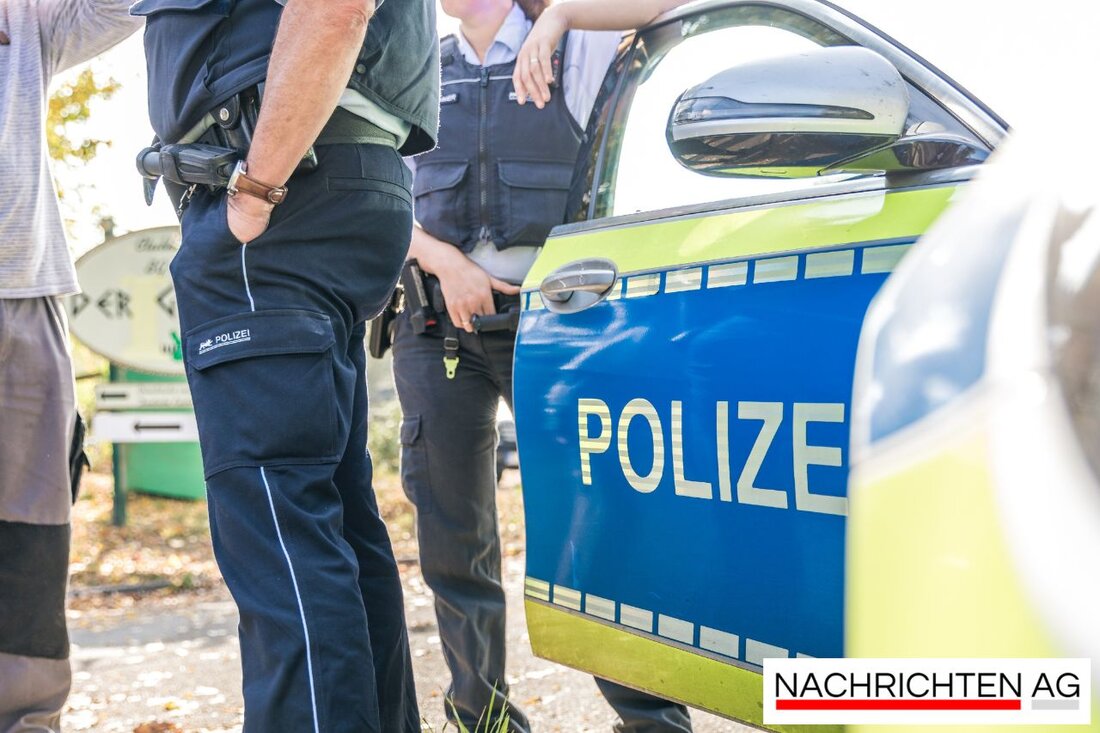Police save injured red kite on A4 near Weißenberg!
Police save injured red kite on A4 near Weißenberg!
A4 bei Weißenberg, Deutschland - Today, an injured red kite caused excitement on the A4 near Weißenberg. Citizens noticed the majestic bird of prey, which was next to the road, and promptly informed the police. The patrol of the Autobahn police station was able to quickly locate the injured red kite and found that he had injured a wing. Without further ado, the bird was brought to the Neschwitz nature conservation station, where hopefully it can be helped again soon. The rescue of animals belongs, as the [Tagesschau.de] (https://www.tagesschau.de/inland/sachsen/mdr-polpolpoli- rettet-rotmilan-von-a4-bei-weisenberg-100.html), reports on the important tasks of the police.
But what makes the red kite so special? This elegant bird of prey is one of the largest of its kind. With a height of up to 70 cm and an impressive span of up to 165 cm, it shines through its striking appearance: the rust -red color, the long, deeply owned tail and the black stripes on the underside make it a real eye -catcher. His habitat is structurally rich landscapes, where he makes his rounds in the air.
the red kite in the upswing
Although the red kite in the 1950s and 1960s would almost be extinct, since only 50 to 60 copies lived in the Jura, he was able to recover in the 1970s thanks to intensive protective measures. Today there are an estimated 2800 to 3,500 breeding pairs in Switzerland, which is about 10 % of the world population. One can say that the red kite has flown back into the hearts of the people, and the educational work on the species is fruits such as the [animal world] (https://www.tierwelt.ch/dossier/wildtie-zoo/der-rotmilan-greifr-im-im-im-im-im-im- 471946) illustrates.
The reproduction of the red kite is also interesting: In the courtship time, the couples show spectacular synthetic flights before the female lays two to three eggs in spring. After a breeding season of 32 days, the chicks hatch, which then stay in the nest for about seven weeks. However, the first year of life is particularly challenging - only 60 to 65 % of the chicks survive this critical phase.
survival artist with many enemies
Despite their reputation as elegant hunters, red kite are rather opportunistic eaters and feed on mice, worms, AAS and even waste. They are more likely to fulfill the ecological functions of a violin. Their main enemies are primarily young animals that are endangered by eagle owls, hats and tree martens. According to lbv.de, the stocks in Germany have decreased by more than 30 % since the 1990s. Anti -life -hostile intensive agriculture and dangerous power lines represent further challenges.
The injured red kite on the A4 is an impressive example of how important it is to pay attention to nature. It is nice to see that committed citizens and the police together make a contribution to the protection of our domestic wild animals. The red kite - a symbol of the revival and the ongoing struggle for the preservation of our biodiversity.
| Details | |
|---|---|
| Ort | A4 bei Weißenberg, Deutschland |
| Quellen | |


Kommentare (0)